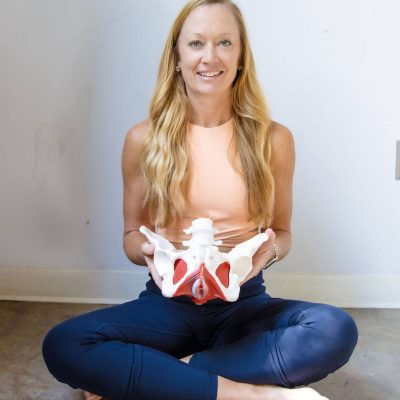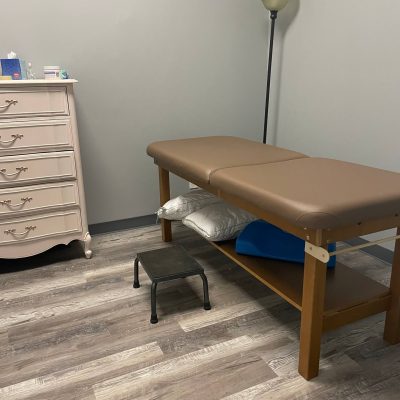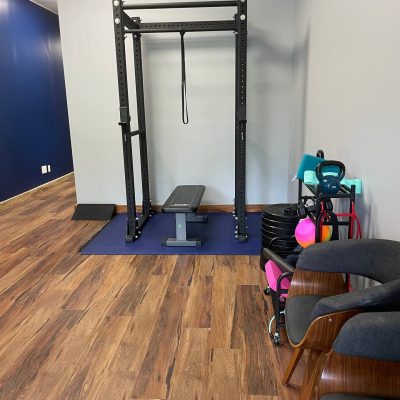After childbirth do you feel the nagging sense of self-consciousness as you wonder how that abdominal pooch looks to yourself and your significant other? Do you silently pray that they can’t see the layer of squish that won’t leave your mid-section, no matter how many miles you run or crunches you complete or pounds you lose?
Having a “mommy tummy” is a major hint that you have diastasis recti. Diastasis recti is the separation of the rectus abdominis muscles during and after pregnancy. This could mean a visible bulge or “pooch” that protrudes just above or below the belly button. It may also have a softness or jelly-like feeling around your belly button.
You may also notice symptoms such as low back pain, pelvic pain, and signs of pelvic floor dysfunction, such as urinary incontinence/ urge/ frequency, prolapse, and even pain with intercourse. However, these symptoms can also occur in the absence of diastasis recti.
The best way to know for sure if you have diastasis recti is to consult with a prenatal and postnatal health-care provider, such as a Pelvic Floor Physical Therapist. A highly trained Pelvic Floor Physical Therapist can diagnose diastasis recti, determine how severe the abdominal separation is, and help you re-train the muscles to repair it.
While diastasis recti can also occur in men and children due to abnormal abdominal pressures, women are primarily affected because pregnancy weight gain is one of the main causes. It used to be thought of by how much a woman weighed before pregnancy, how much weight she gained during pregnancy and how large her baby was that increased her risk for diastasis recti; however, research actually suggests that 100% of women have at least some degree of abdominal separation by the third trimester. Seeing a Pelvic Floor Physical Therapist early in your pregnancy can be beneficial in that the PT can show you ways to prevent worsening diastasis.
Do you have Diastasis Recti? If so, the goal of Magic City Physical Therapy is educate you on how to prevent the worsening and also how to help it heal. Healing diastasis recti requires a change in your habits and also gaining body awareness. The best part is that whether your baby was born a few months ago or 20 years ago, a Pelvic Floor Physical Therapist can help you close a diastasis and strengthen your core with proper care.
Fixing this problem often takes persistent hard work over a period of time. A Pelvic Floor PT can help you retrain the deep core muscles to close the separation. However, you can start doing simple things on your own to assist in the healing: use a squatty potty when pooping to decrease straining, practice good posture when sitting and standing, and exhale with exertional movements.
If you are pregnant or plan to become pregnant, think PREVENTION by consulting with a Pelvic Floor Physical Therapist. Seeing a Pelvic Floor PT can help you prevent worsening Diastasis, bladder problems, constipation, and aches and pains. In addition to prevention, Pelvic Floor Physical Therapy can help prepare you for birth!
If you are postpartum, whether it’s a few months or many years, contact us to help decrease your Postpartum symptoms!







